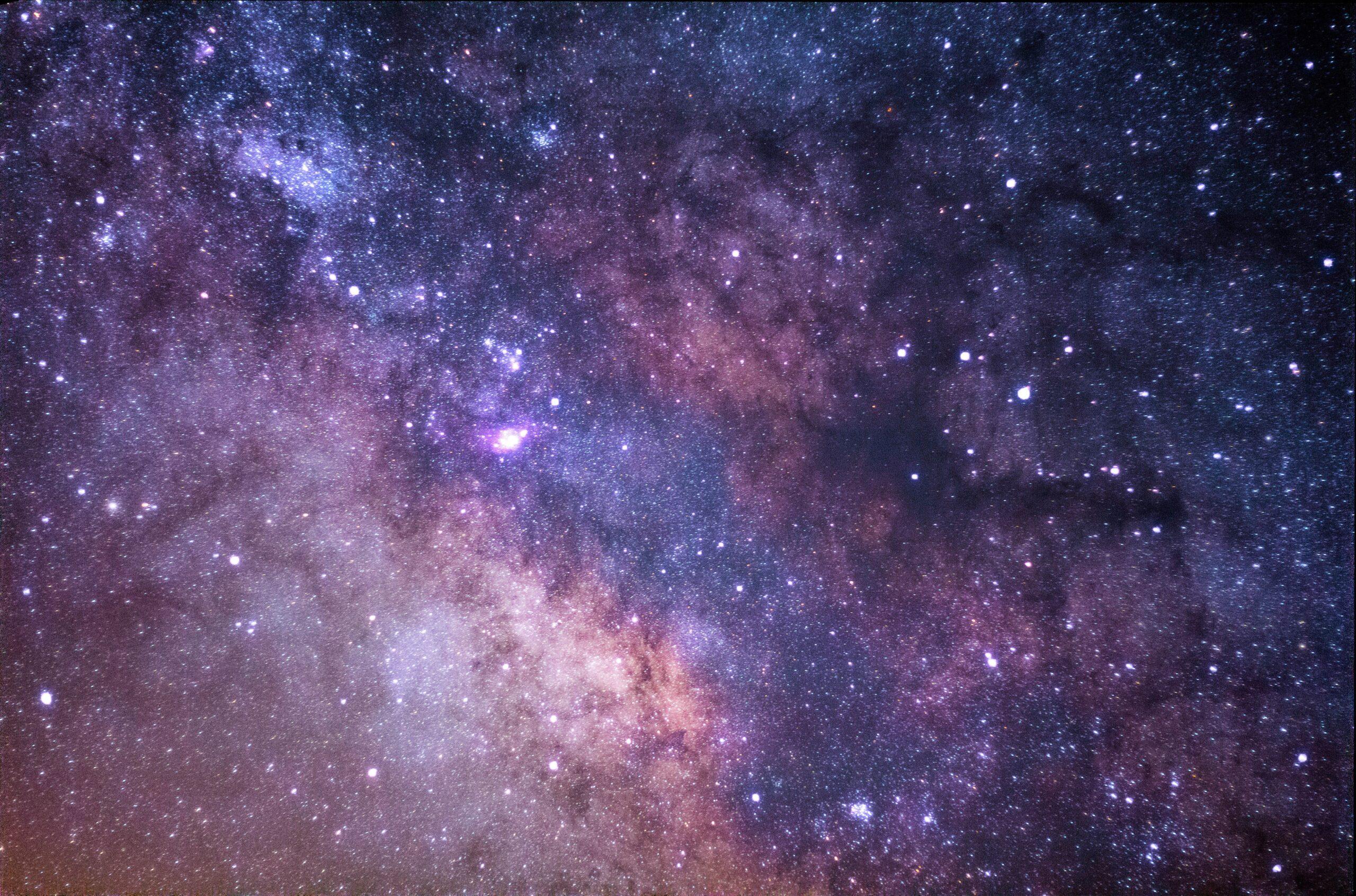Since the beginning of time, people all over the globe have looked up at the sky, fascinated by the thousands of shining spots that brightened the enveloping darkness of the night. From Greek philosophers to Arabian astronomists, from Venetian sailors to Caribbean pirates, stars and planets have always been part of human lives in many different ways: folktales inspiration, calendar benchmarks, sea compasses, fortune tellers and so on. These celestial bodies have never ceased to catch our interest. They stir something in us that goes beyond our material comprehension – the “Sublime”, as Romantic poets would say – and their cyclical movement hypnotises our minds, making us wait in anticipation for their return.
“So, what should we look out for when stargazing over the next few months, as the weather turns colder but the nights grow longer?”
The answers are given to us by the Trinity Space Society, whose members – secretary Brendan Watters and ordinary committee member (OCM) Dominik Kuczynski, – we had the pleasure to speak with.
Q: What constellations can we see during the night around this time of the year?
B: In Ireland, all year round, you’re going to see the Great Bear (Ursa Major) and the Little
Dipper (Ursa Minor), as well as that there’s Cassiopeia which looks like a big “W” (even
if many people don’t recognise it!). In October especially, you will also see constellations
such as Pegasus, Andromeda, Taurus and Orion.
D: If you aren’t an expert it’s really useful to download an app, just like “Constellarium”, that
shows you a map of the sky.
Q: Is it necessary to have good equipment to watch the stars?
B: Not really, all the constellations are visible to the naked eye, even in the centre of Dublin,
but you might need to go out into a darker area to see them better. The air will also
become clearer later on as winter comes, so it will be easier to stargaze.
D: But do keep an eye out for the weather!
Q: We’ve talked about stars, but let’s not forget there are also other celestial objects to look
at, like planets. Can we spot any?
D: Yes of course! It’s a pretty good time to see Jupiter – it might be the brightest object
in the sky aside from the Moon. Though it is fairly low in the sky now, it will rise later.
B: Also, if you feel like getting up early in the morning, Mercury and Venus will be visible
just before sunrise.
Q: And what about the Moon? Any upcoming eclipse?
B: There will be a partial but very small Moon eclipse on the 28th of October, from 7pm to
11pm, the peak being at 9pm.
Q: Should we look out for any astronomical events of a lifetime?
B: Not of a lifetime unfortunately, but from the 2nd of October to the 7th of November there
will be a meteor shower coming from near Betelgeuse – on Orion’s shoulder – and the
peak will be around the 21st-22nd of October.
Q: Can you reveal to our readers the best places in Dublin or nearby to stargaze?
D: Phoenix Park for sure, but in general you should go outside of the city. In Ireland there are
quite a few places, since the countryside is quite dark.
B: Malahide is a great spot, too.
Q: Is it also possible to see the ISS (International Space Station) passing by when looking
out of our windows at night?
D: Yes! It is quite bright, you might need to get lucky but the ISS passes often – every 40
minutes, more or less. It’s possible to see it even through a telescope, though it can be a
bit difficult as it goes very fast.
B: You should look close to the horizon when trying to find it, but there’s a website called
www.spotthestation.nasa.gov, where you just need to insert your location and it will tell
you the time it will pass by.
Q: Finally, a more theoretical question: is it true that we are looking at the past when we look
at the stars?
D: Well, there are two answers to this question, an easy one and a complicated one. The
first would be yes, because light travels at light speed so if it is getting to us just now, it
means that it must have started its journey a long time ago. On the other hand, Einstein’s
relativity theory tells us that it doesn’t really matter and it’s kind of the same timeline,
since nothing else could have gotten here before light and therefore there would be no
difference whether it was in the past or not.
What are you waiting for, then? Just grab a friend and run to the nicest spot you know to stargaze together! But, if this interview has not stirred your interest yet, just wait until nightfall and, like those who came before you, raise your eyes to the star-filled sky: you will find yourself mesmerised before you know it.






